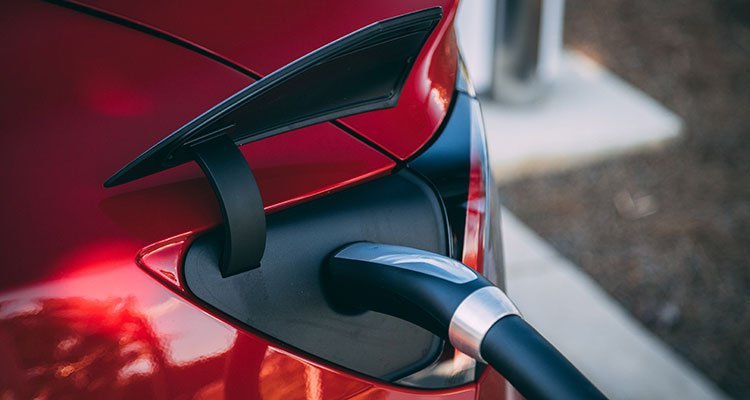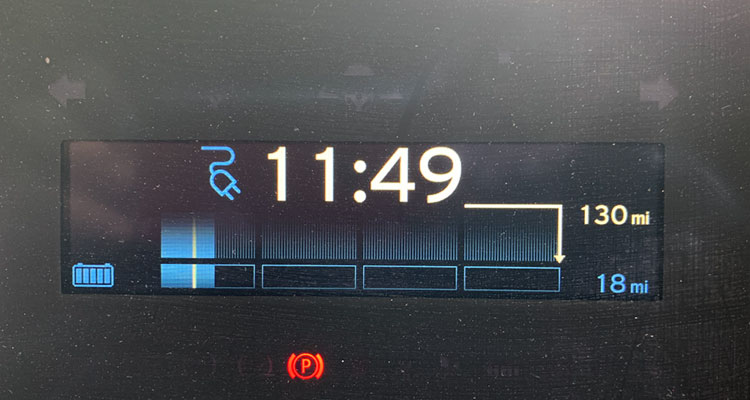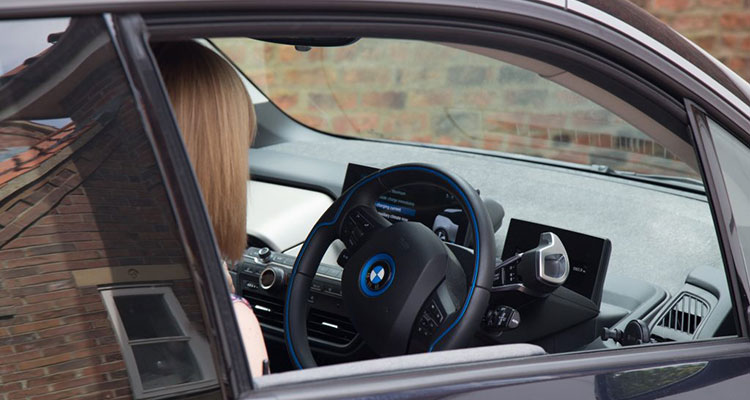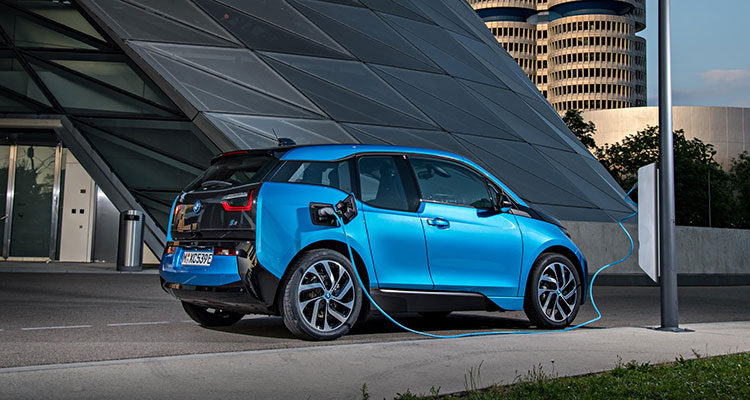If our selected MVA winner did it, so can you!
Although doing a roadtrip in an electric car will save you plenty of money when it comes to fuel, you may find that the limited range and long charging times become a bit of an obstacle. You see, when hopping in an electric vehicle to do a long road trip an extra degree of planning is needed to ensure that you’re not left stranded on the side of a motorway. Yes, this takes some extra effort but it’s certainly not as much of a hardship as some say it is!

Our very own Motor-Vision Awards 2018 winner, Lucy Rigley, has been on a huge 1,100-mile long road trip in a BMW i3s so if anyone knows what it takes to plan a successful trip in an electric car, it’s her! If a family of four can travel all around England and Wales in an i3s that has a limited range of just 120 miles without any hiccups, you can do it too.
Remember, if you have an interesting motoring vision or idea, you could be our next winner of our annual Motor-Vision Awards! Follow us on Facebook to keep up to date.
Don’t rely on the range to be 100% accurate

Just like in petrol and diesel cars, the estimated range on electric cars is not exactly 100% accurate. However, in electric cars you have to take more factors into account than you would do with a combustion car.
Firstly, electric cars excel in urban environments and struggle more with motorway driving. This is because pretty much all electric cars are equipped with a regenerative braking system which allows the car to regain some electrical charge, so when constantly speeding up and slowing down, as you would when driving around town, the car is able to make the most use of this regenerative braking system and replenish the highest amount of energy.
On the other hand, when driving on a motorway at a constant speed with minimal use of the brakes, the battery is being drained constantly without any kind of relief. This will reduce your range significantly, so keep an eye on it!
Lastly, the quoted range that comes from the manufacturer is often a little inflated. The BMW i3s that Lucy and her family travelled in is quoted to have 160 miles of range which is actually 40 miles more than the real-life range of around 120 miles. The worst offenders for this are usually Teslas, with the base Model 3 having a claimed range of 254 miles but real life tests only show around 196 miles.
Use Zap Map

Zap Map is an online map, which is also available as an app, that tells you where all the charging points are for your EV. You can sort by charger type, speed, which network it’s a part of and whether it’s free or not. If you find yourself in a tight spot, you can even search for the nearest charging points to you at that time.
Within the app, there’s a ‘route planner’ function which does exactly what it says on the tin. Using your expected range and your destination, Zap Map can help you figure out the best way to go about your journey without having to worry about running out of charge.
Have a backup plan

Whilst road tripping for her ‘Are We There Yet, Mum?’ project where she toured England and Wales, visiting key environment-themed locations such as The Eden Project and Kew Gardens, Lucy planned her stops and her route tactically.
She made sure that along the route they took, there were several charging points rather than just relying on one. This is because unfortunately, the reality is that not all charging points will be functioning.
It’s quite common for chargers to be out of order due to malfunctions and maintenance, so it’s absolutely paramount that you have a plan B. The last thing you want to be doing is rolling into a charging station with your EV on its last legs only to find that your lifeline isn’t currently in service.
You may have to pack light as boot space is usually limited

Due to the nature of electric vehicles, interior space is often more limited. Although one may think that because they don’t need engines, there would actually be more room, it’s actually often the opposite.
Due to the large batteries that lie underneath the car, space inside is reduced slightly. This can be seen not only in to boot, but in the rear seats as well. As found in the i3s, many EVs feature a flush boot that lacks the recess found in the boots of most petrol and diesel cars. When going on a trip with a family, this reduced storage capacity can become a bit troublesome.
MVA 2018 winner, Lucy, said: “It’s fine for grocery shopping but not for a family holiday. We had bags and bags piled up, more next to and under the kids’ feet and some in the front passenger seat. And I wouldn’t say we packed a lot either – we washed clothes part way round…it meant, at times, that the rear view for the driver wasn’t as good as it should be.”
Make sure your hotels have charging points

A simple tip that often gets forgotten. When booking a hotel, you may be too busy making sure it has wifi and breakfast is included that you forget to find out if there’s charging stations for your car. Overnight charges are essential to any trip as they’ll set you up with a fresh, full battery ready for the next day.
Furthermore, they may be free to use for hotel guests so not only will they be very convenient, but also a good opportunity to save a few quid!
Let us know if we missed any in the comments!

If you want to find out more about Lucy’s idea and why she was named as one of the winners of our 2018 Motor-Vision Awards, read all about her ‘Are We There Yet, Mum?’ project here and follow her page on Facebook.
For more articles like this, receive our weekly e-newsletter, including partner deals and all things motoring, register your email below.
Please note: You cannot subscribe to Smart-Motoring unless you put a tick in the checkbox below to indicate have read and agreed to our privacy policy.




I’d add…. after planning you’re route check if you can actually use the chargers you’ve planned and others nearby. Have you got passwords, websites on shortcuts, RFID cards, accounts, subscriptions, Contactless credit/debit cards, phone charger/USB lead etc. I also take an extension lead with a waterproof socket – don’t use it coiled as they get hot that way.
Some rescue/insurance companies have a recharge service included in their cover.